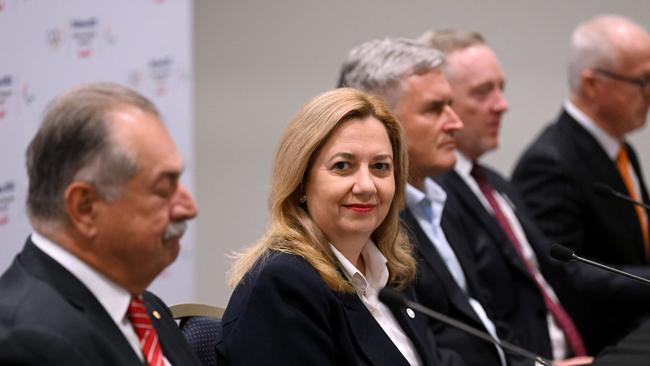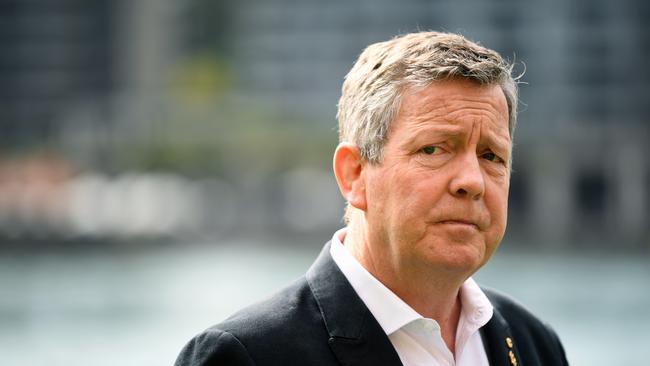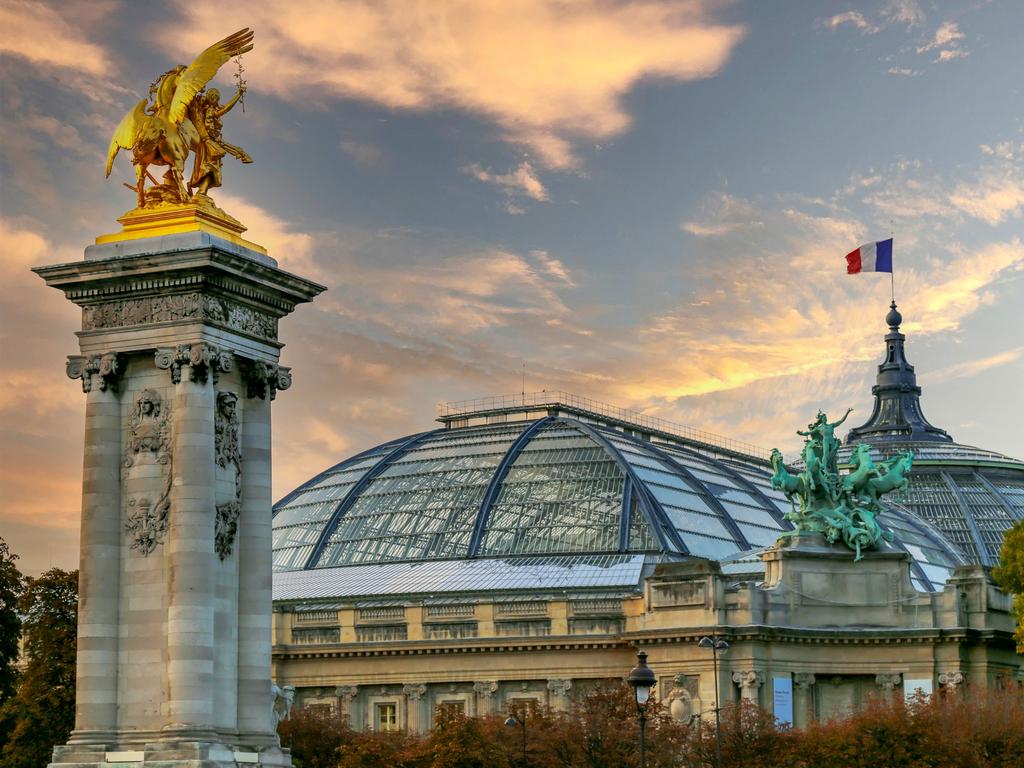International Olympic Committee yet to approve Annastacia Palaszczuk’s in-house co-ordination body for 2032 Games.
The decision to bring the Brisbane Organising Committee inside the office of Premier Annastacia Palaszczuk has yet to be greenlit by the Olympic Committee ahead of the 2032 Games.

The International Olympic Committee has yet to approve the set-up of the 2032 Brisbane Games co-ordination body being kept within the office of Queensland Premier Annastacia Palaszczuk.
Australia Olympic Committee (AOC) chief executive Matt Carroll told the senate inquiry scrutinising preparations for the Games that the joint decision by state and federal governments to take the Brisbane Brisbane Co-ordination Office into the Department of Premier and Cabinet had been widely canvassed and accepted.
Earlier this year, it emerged the state government had abandoned its bid plans to set up an independent games co-ordination authority – in line with usual practice – and keep the body within the department.
“That was done through a fairly extensive consultation with all the Games partners,” Mr Carroll said.
“They met with all the Games partners including the Commonwealth and the result of those discussions was the model that has been accepted.
“It still needs to be approved by the IOC … they are confident in the transparency and working with the organising committee to put on the Games.”
The AOC later clarified to The Australian a chief executive had been appointed to the body.
“The AOC can confirm that the International Olympic Committee has signed off on the arrangement to put the Brisbane 2032 Coordination Office into place,” a spokesperson said.
State Development and Planning Director-General, Mike Kaiser, said knocking down and rebuilding Brisbane’s Gabba stadium ahead of the 2032 Olympic Games is the “best value for money and less risky”.
A refurbishment of the key venue would cost $2.2bn, compared to the full demolition and rebuild which has been approved at $2.7bn, according to an independent report by global architecture and design firm Populous.

He said there was “no doubt in our minds” that knocking down the stadium was the best option.
“We looked at four options for the redevelopment of the Gabba, including refurbishment and a complete teardown and rebuild, and without a doubt, the value for money outcome is a teardown of rebuilt,” Mr Kaiser said.
“The cheapest of the other options was still $2.2 billion and it would have been a refurbishment that would have denied us the opportunities to integrate it into the surrounding community and create those legacy benefits.”
A refurbishment also carried a greater risk of cost blowouts, he said, despite the initial cost of the new stadium being costed at $1bn.
“Like any house refurbishment, like any house renovation. It comes with considerable risk that your original plans end up being added to as you undertake the refurbishment,” Mr Kaiser said.
A project management office is being established to make reporting of projects to the Brisbane Co-ordination Office “more sophisticated”.








To join the conversation, please log in. Don't have an account? Register
Join the conversation, you are commenting as Logout